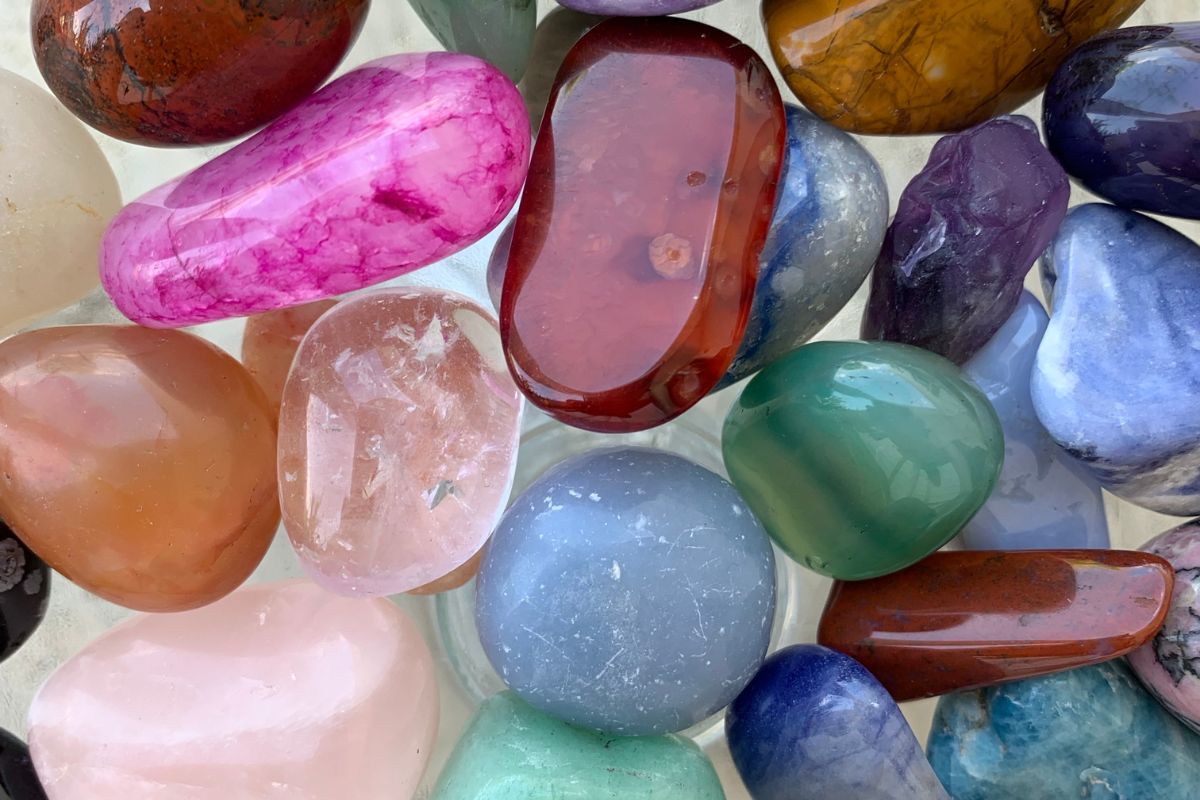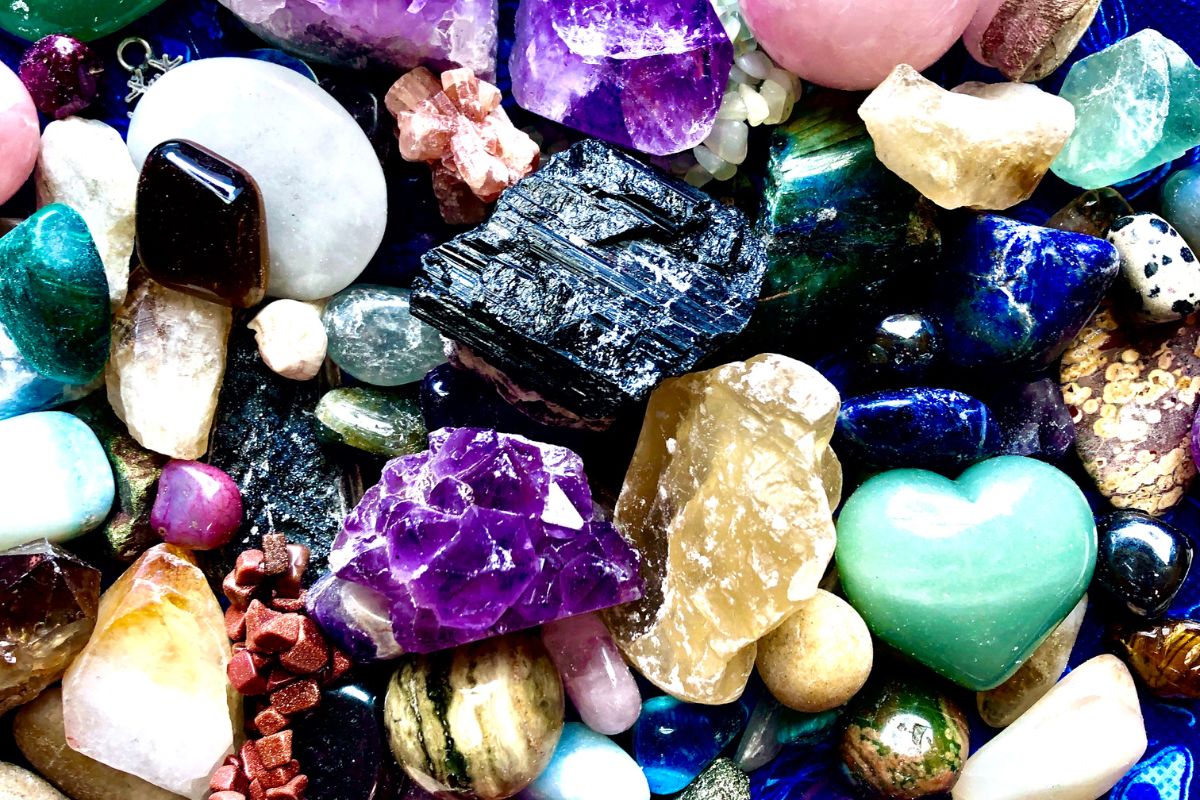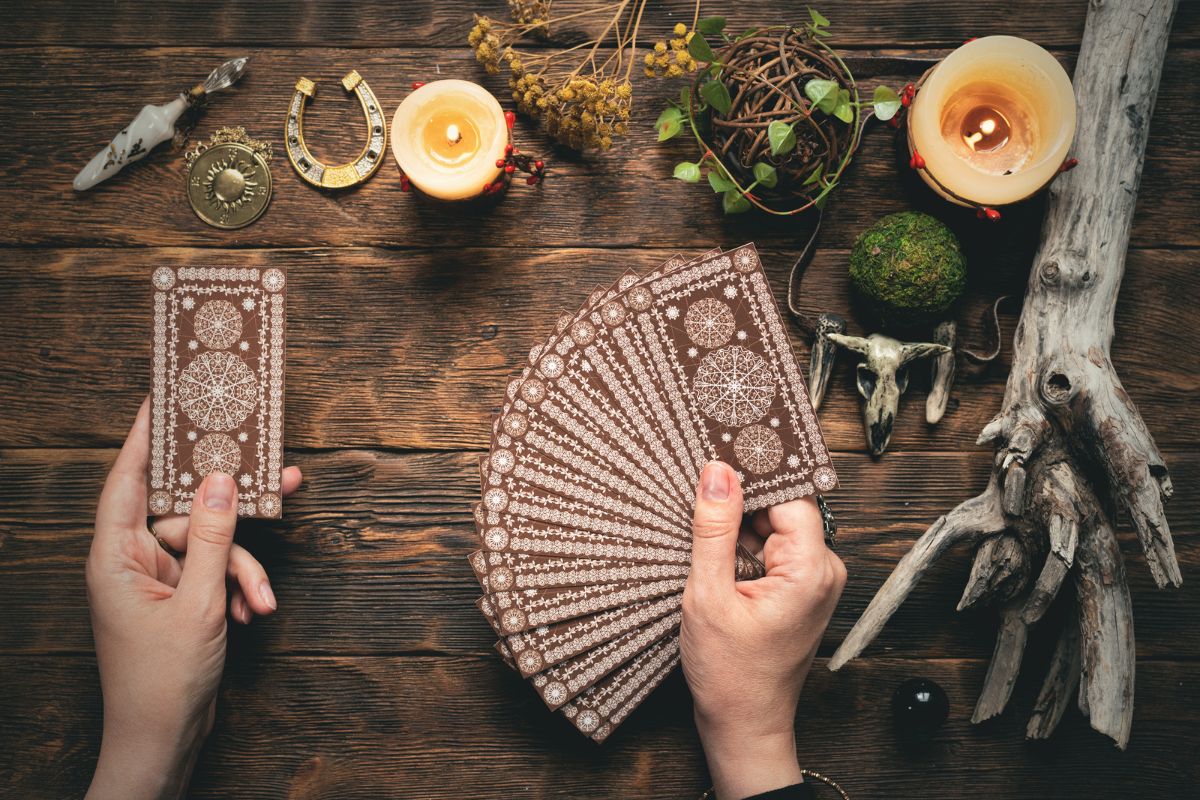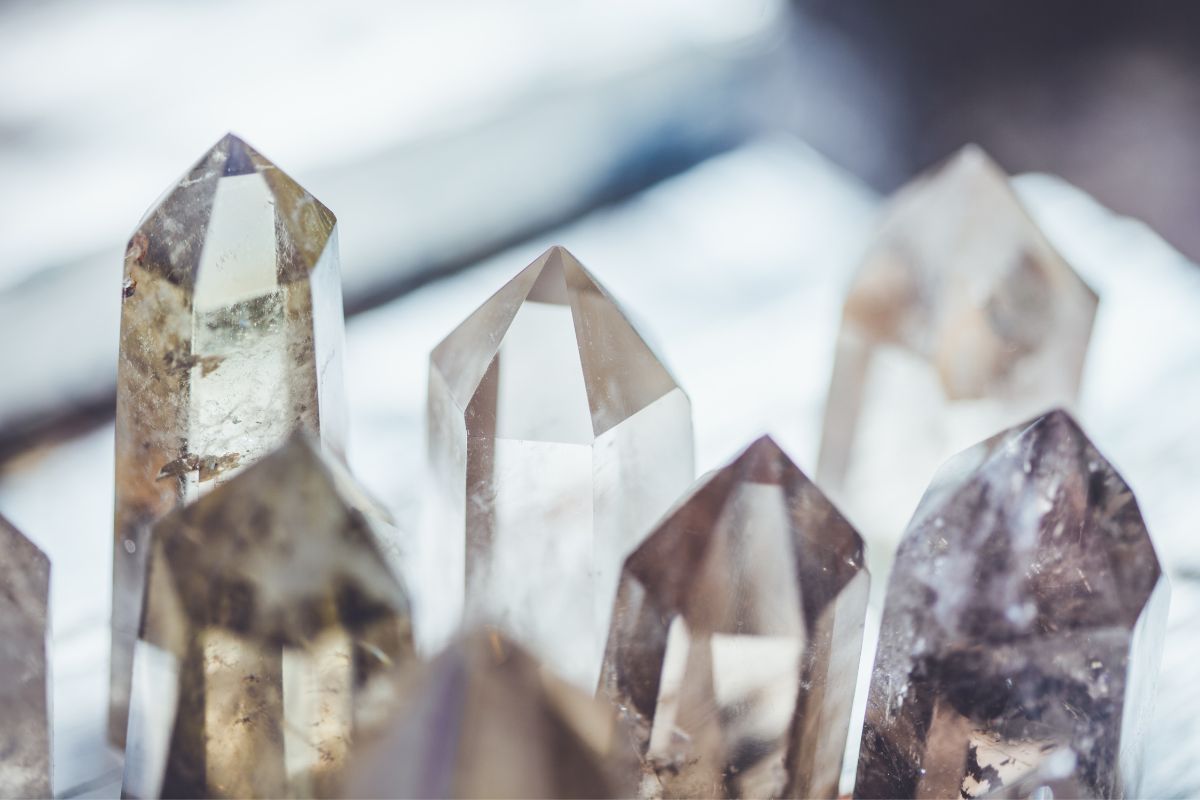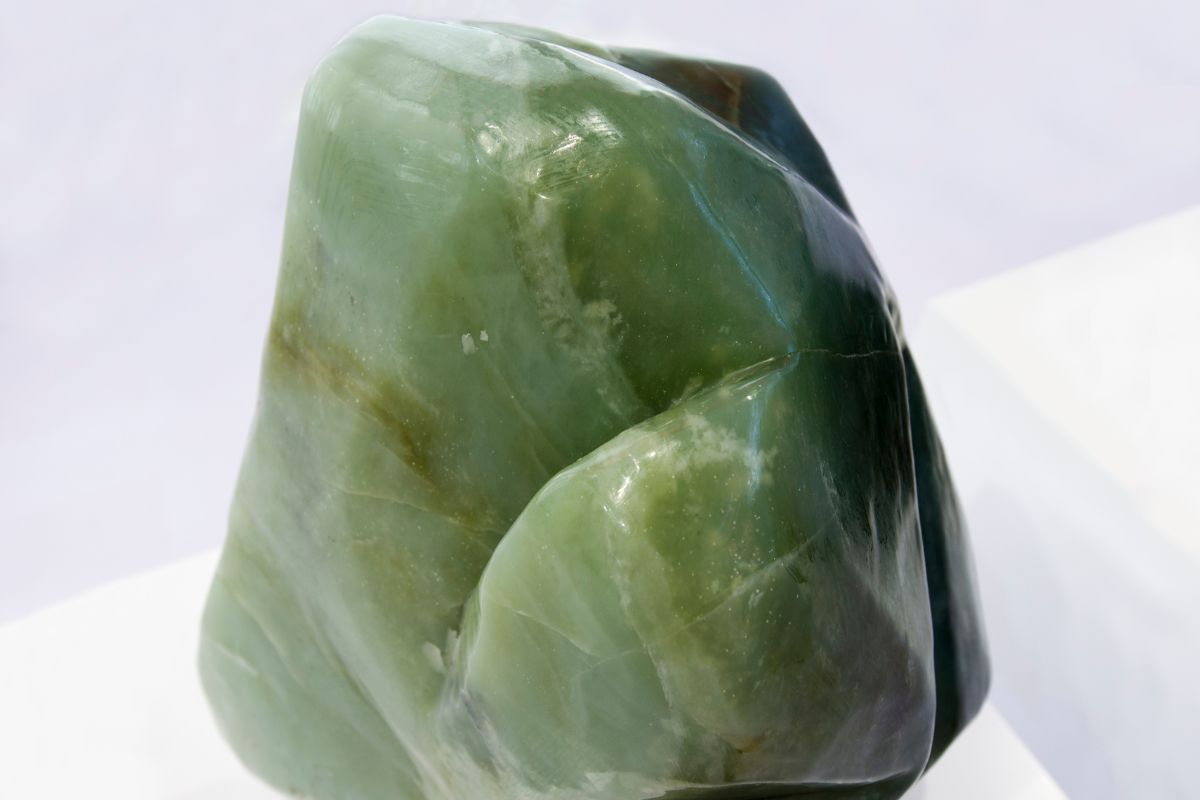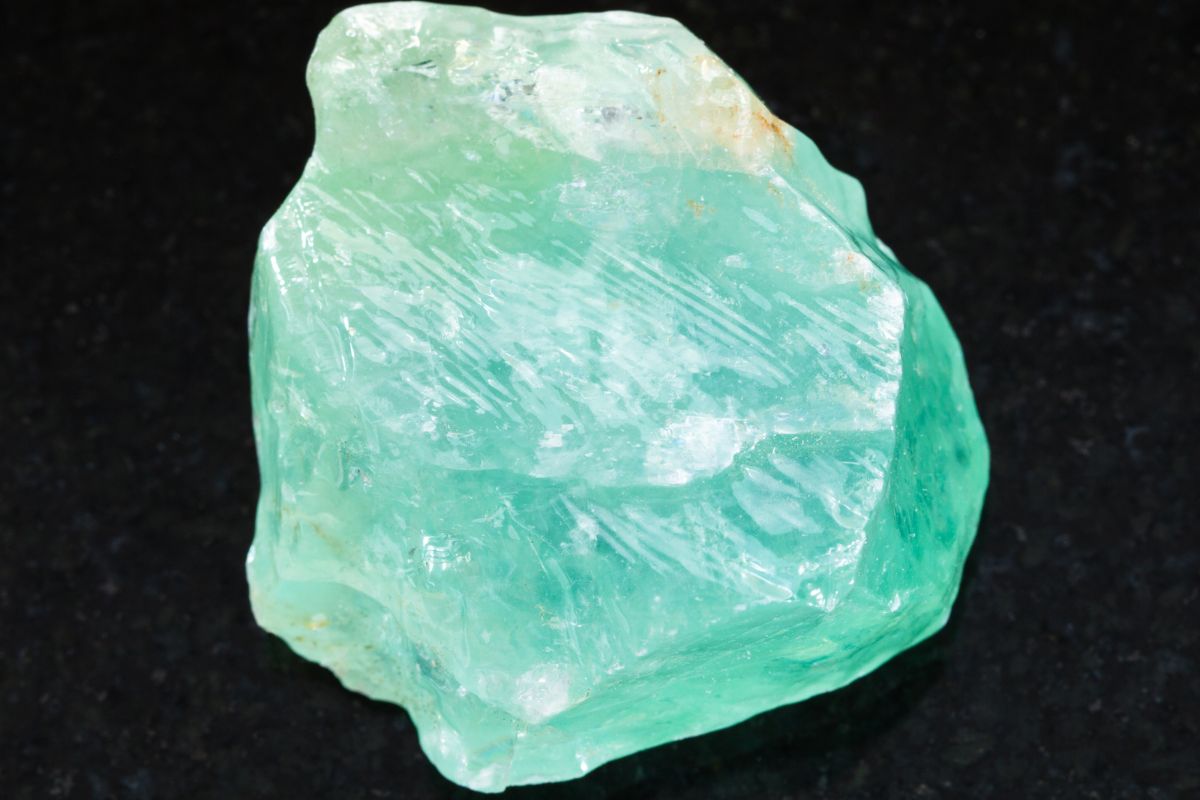Are you ready for another thrilling journey into the world of gemstones? In this article, we will be exploring the unique qualities and characteristics of two beautiful gemstones: Malachite and Alexandrite.
So, keep reading below to discover the fascinating world of Malachite and Alexandrite!
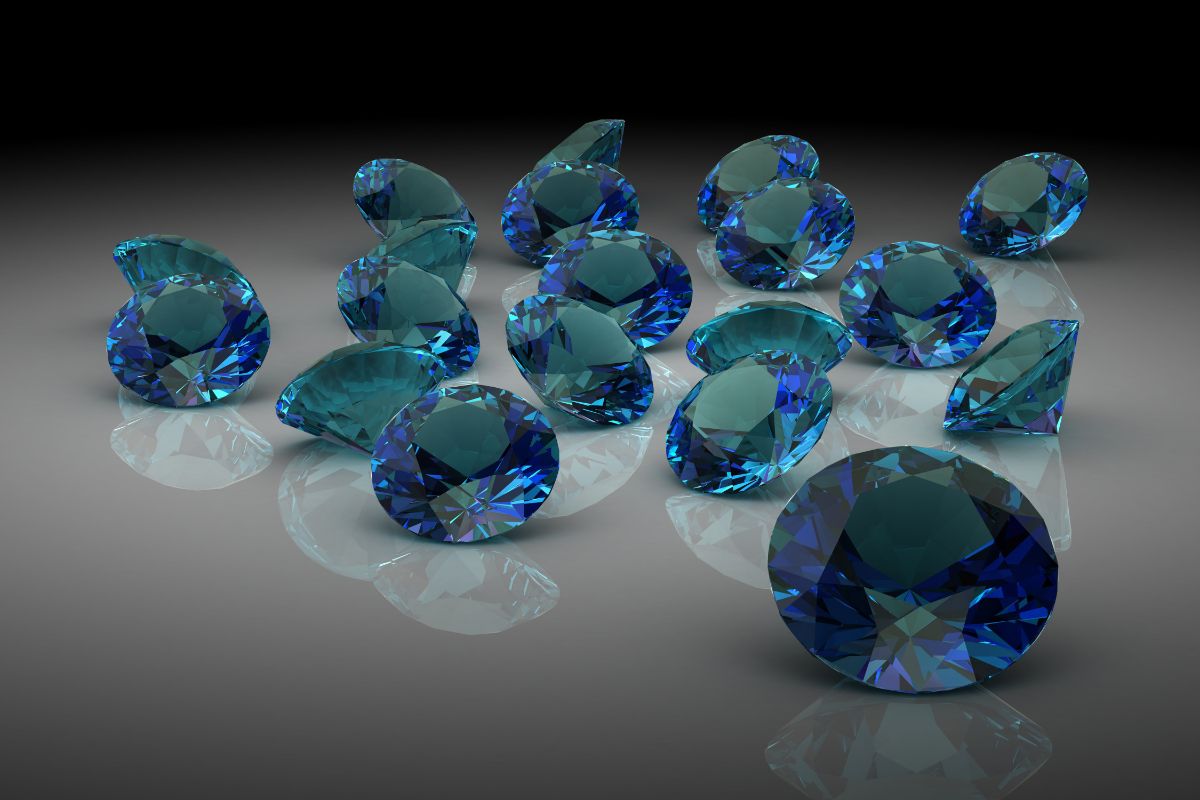
What Is Malachite?
Malachite is a beautiful green mineral that has been prized for its ornamental and artistic value for thousands of years. It is a copper carbonate hydroxide mineral that is commonly found in copper deposits around the world.
Its green color comes from its copper content and can range from bright green to dark green with varying patterns and hues, and its name comes from the Greek word “malache,” which means “mallow,” referring to the plant’s green leaves that share a similar color to malachite.
What Is Alexandrite?
Alexandrite is a rare and remarkable gemstone that displays an incredible color-changing effect, appearing green in natural daylight and red or purplish-red in artificial light.
It is a variety of the mineral “chrysoberyl” and owes its unique color properties to the presence of chromium in its chemical structure.
This gemstone was discovered in 1830 in the Ural Mountains of Russia and was named after the Russian Tsar Alexander II, while it is now found in several locations around the world, even though fine quality Alexandrite remains extremely rare and valuable.
Malachite Vs Alexandrite: Geological Origin And Chemical Composition
Geology and chemistry might sound boring at first, but not when it comes to Malachite and Alexandrite! These gemstones have fascinating origins and unique chemical compositions that make them so valuable and beautiful.
Malachite is a secondary mineral that forms through the weathering of copper deposits, usually in the presence of carbonates or sulfates.
Its chemical formula is Cu2CO3(OH)2, which means it’s made of copper, carbon, oxygen, and hydrogen atoms, and it often forms in a botryoidal, or grape-like, pattern and can display stunning bands of green and black.
Alexandrite, on the other hand, is a rare variety of chrysoberyl, a mineral composed of beryllium, aluminum, and oxygen. Its chemical formula is BeAl2O4, which means it’s made of beryllium, aluminum, and oxygen atoms.
Yet, what makes Alexandrite so unique is its ability to change color depending on the lighting conditions; in daylight or fluorescent light, it appears greenish-blue, but under incandescent light, it takes on a reddish-purple hue.
This phenomenon is known as the “alexandrite effect” and is caused by the presence of chromium in the crystal structure!
Malachite Vs Alexandrite: Physical Properties
When it comes to physical properties, the two gemstones have some notable differences. While Malachite has a lower hardness and specific gravity, it has a striking banded pattern and a vibrant green color.
Alexandrite, on the other hand, is renowned for its rare color change effect, high hardness, and adamantine luster.
To be more precise, Malachite is a copper mineral with a vibrant green color and a characteristic banded pattern.
It has a relatively low hardness of 3.5-4 on the Mohs scale, which makes it susceptible to scratches and chipping, and it also has a specific gravity of 3.6-4.0 and a vitreous to dull luster.
On the other hand, Alexandrite is a rare and highly valued chrysoberyl mineral that exhibits a remarkable color change effect.
As we have already mentioned, in daylight, it appears green or blue-green, while in incandescent light, it turns reddish-purple.
As for its hardness, it can reach up to 8.5 on the Mohs scale, making it more resistant to wear and tear, while it also has a specific gravity of 3.5-3.8 and a vitreous to adamantine luster.
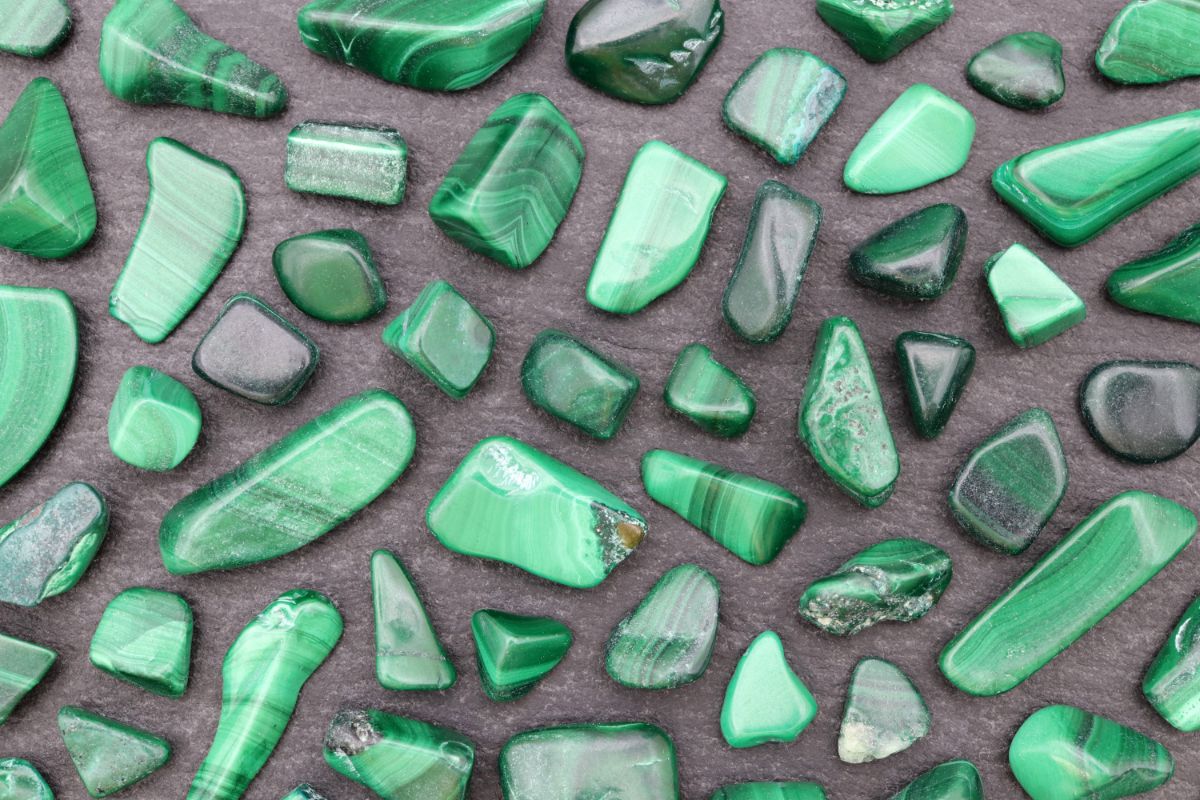
Malachite Vs Alexandrite: Historical And Cultural Significance
Malachite and Alexandrite have both played significant roles throughout history and in different cultures. Malachite was used by ancient Egyptians as a pigment for cosmetics and paintings, and even as eyeshadow.
The ancient Greeks and Romans also used malachite for jewelry and decorative purposes, as they believed it had healing properties and could protect against evil spirits.
Alexandrite, on the other hand, has a more recent history. As we’ve already noted, it was discovered in 1834 in the Ural Mountains of Russia and named after the future Tsar Alexander II.
It then became the national stone of tsarist Russia, and its discovery and use were seen as a symbol of the country’s wealth and power.
In addition to its Russian heritage, Alexandrite has also gained popularity in other cultures.
In Hinduism, it is associated with the deity Krishna and is believed to bring good luck and fortune to the wearer, while in modern times, it has become a popular gemstone for engagement rings and other jewelry pieces.
Malachite Vs Alexandrite: Uses In Art, Jewelry, And Medicine
Malachite and Alexandrite are both stunning gemstones that have been used in art, jewelry, and medicine for centuries.
Art
Malachite’s rich green color and unique banded pattern have made it a popular choice for art throughout history.
It has been used for decorative purposes, including in sculpture and inlay work, while in Russia it was used to decorate palaces and other important buildings.
Today, malachite is still used by artists around the world to create unique and striking pieces.
On the other hand, Alexandrite’s color-changing properties make it a favorite among jewelry designers who want to create pieces that are both unique and versatile.
Jewelry
Malachite has been used in jewelry for thousands of years. In ancient Egypt, it was believed to have protective properties and was often used in amulets and other protective jewelry.
Today, it is still a popular choice for jewelry designers, who use it to create stunning pieces that showcase their unique colors and patterns.
Likewise, Alexandrite’s rarity and unique color-changing properties make it a highly prized gemstone in the world of jewelry and it is often used in engagement rings and other high-end pieces, where its unique properties can truly shine.
Medicine
Malachite has a long history of use in traditional medicine as it was believed to have healing properties and was often used to treat a variety of ailments, including respiratory problems and skin conditions.
Today, malachite is still used in alternative medicine, where it is believed to have a variety of healing properties.
Alexandrite is not typically used in traditional medicine, but it has been associated with a variety of spiritual and metaphysical properties and is believed to promote creativity, intuition, and spiritual growth, and is often used in meditation and other spiritual practices.
The Bottom Line
While both malachite and alexandrite are prized for their beauty and unique properties, they have different uses in the world of art, jewelry, and medicine.
So, whether you are drawn to the bold and striking look of malachite or the rarity and versatility of alexandrite, these gemstones are sure to make a statement in any setting!
- 15 Crystals That Cannot Be Exposed To The Sun - January 7, 2024
- Malachite Vs Fuchsite – Benefits And Uses - January 7, 2024
- Malachite Vs. Green Jasper: Benefits And Uses - January 7, 2024


